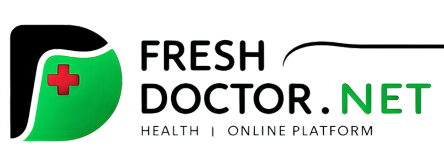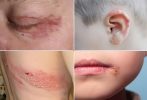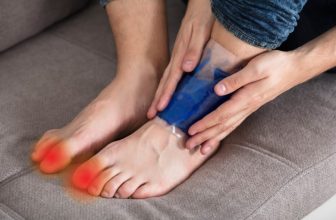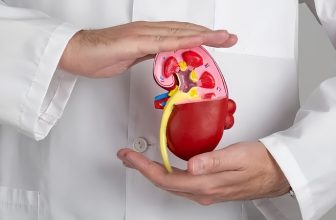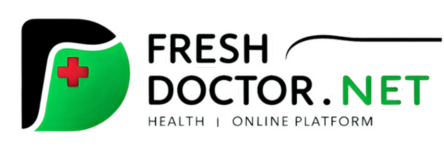Shingles: Causes, Symptoms, and Comprehensive Care
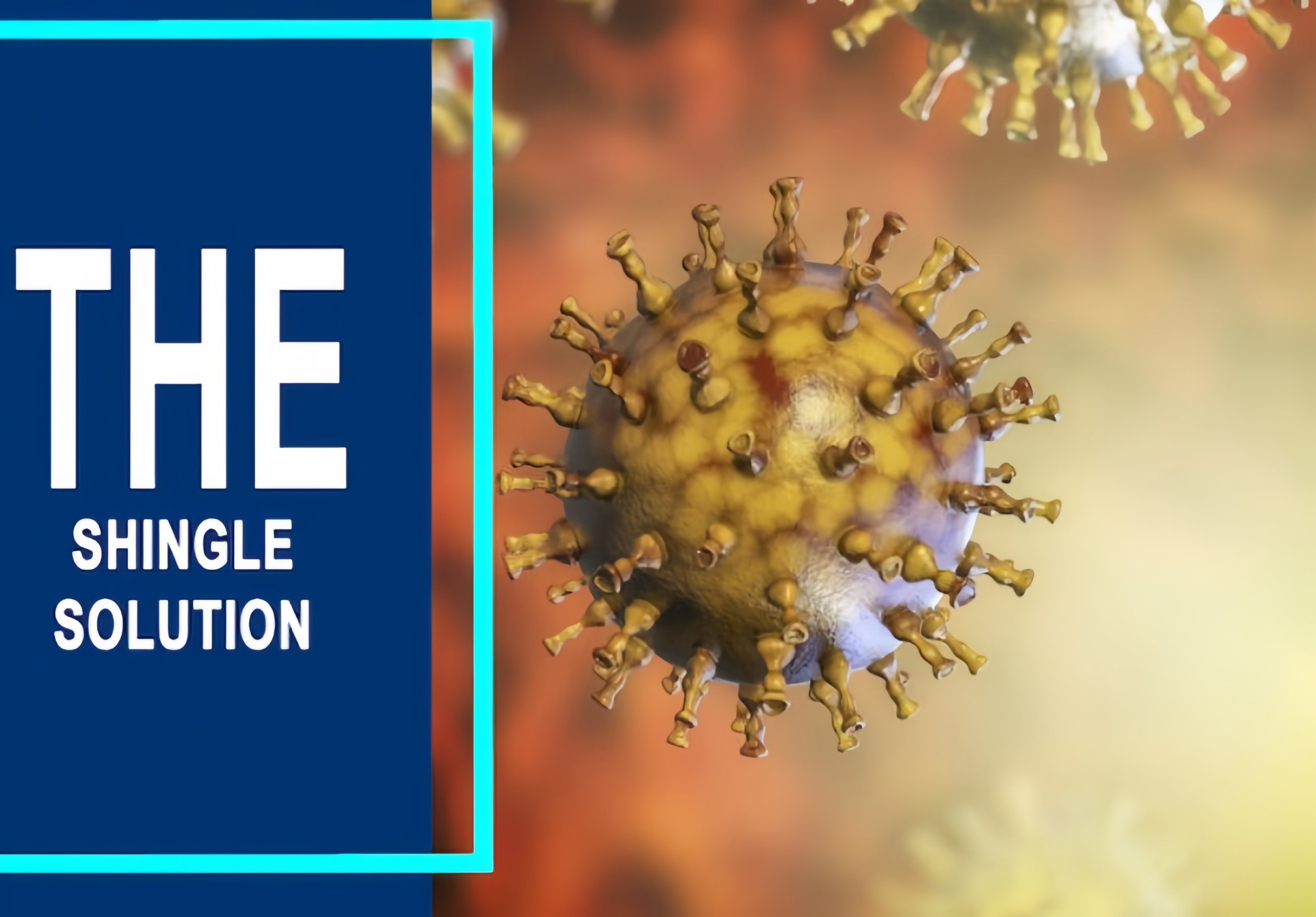
What is Shingles?
Shingles, also known as herpes zoster, is a viral infection that manifests as a painful rash, often in a stripe-like formation on one side of the body. Caused by the varicella-zoster virus—the same virus responsible for chickenpox—shingles can emerge years or even decades after the initial infection. Once someone has had chickenpox, the varicella-zoster virus lies dormant in the nervous system. Later in life, it may reactivate, resulting in shingles. Though not life-threatening, shingles can cause significant pain, and the risk of complications increases with age.
This guide delves into the causes, symptoms, risk factors, and treatment options for shingles, offering a comprehensive look at ways to manage this condition and minimize its impact on daily life.
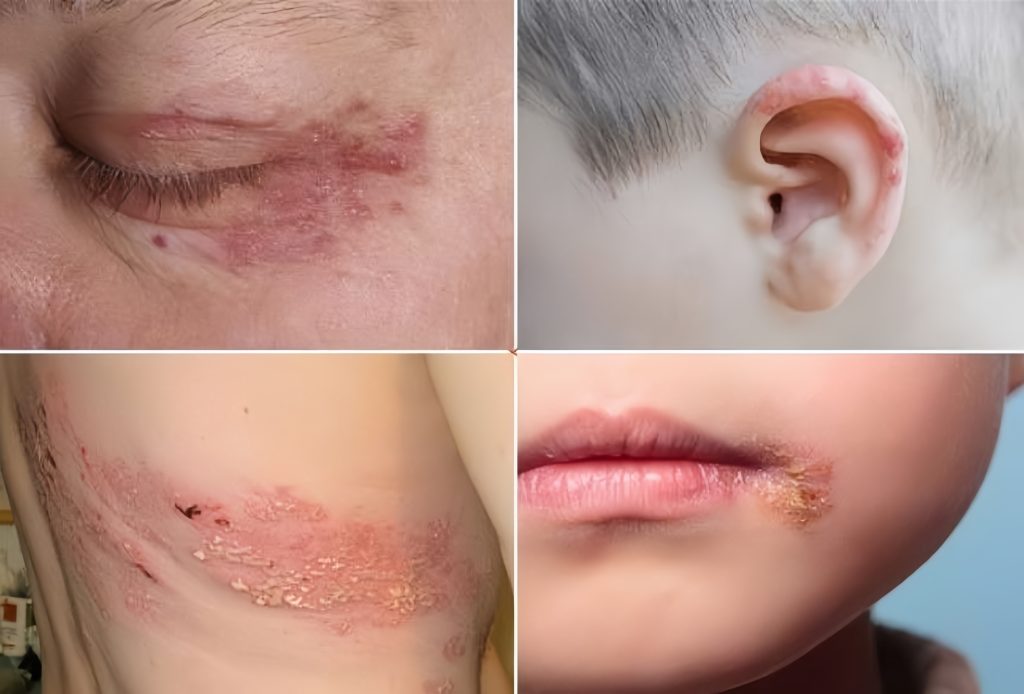
Causes: Understanding the Varicella-Zoster Virus
Shingles arises from the reactivation of the varicella-zoster virus. Here’s a closer look at how this occurs:
- Dormant Virus Reactivation: After a person recovers from chickenpox, the varicella-zoster virus remains in the body, hiding in nerve tissues near the spinal cord and brain. For reasons that are not entirely understood, this virus can reactivate, moving along nerve pathways to the skin’s surface.
- Factors Leading to Reactivation: The exact reason for this reactivation remains unclear, but it is believed to be linked to a weakening of the immune system. As people age, immune function naturally declines, which may explain why shingles is more common in older adults. Additionally, stress and certain medications that suppress the immune system can increase the risk of shingles.
- Herpesvirus Family: Varicella-zoster belongs to the herpesvirus group, which also includes viruses that cause cold sores and genital herpes. However, the virus responsible for shingles is different from those causing other herpes infections.
Symptoms of Shingles: Identifying the Signs
Shingles symptoms typically affect only a small section on one side of the body. Here’s an overview of the most common signs:
- Pain and Tingling: Pain is often the first symptom, described as burning, tingling, or itching in a localized area.
- Sensitivity to Touch: The affected skin area may become highly sensitive, with even light touch causing discomfort.
- Red Rash: A few days after the initial pain, a rash appears. The rash forms as red blotches and then progresses to fluid-filled blisters.
- Blisters and Crusting: The blisters eventually burst, crust over, and heal within two to four weeks, although pain may persist.
- Additional Symptoms: Fever, headache, fatigue, and sensitivity to light may accompany the rash.
Location of Shingles Rash: Shingles commonly appears as a stripe of blisters wrapping around the torso, but it may also occur on the face, around one eye, or on one side of the neck.
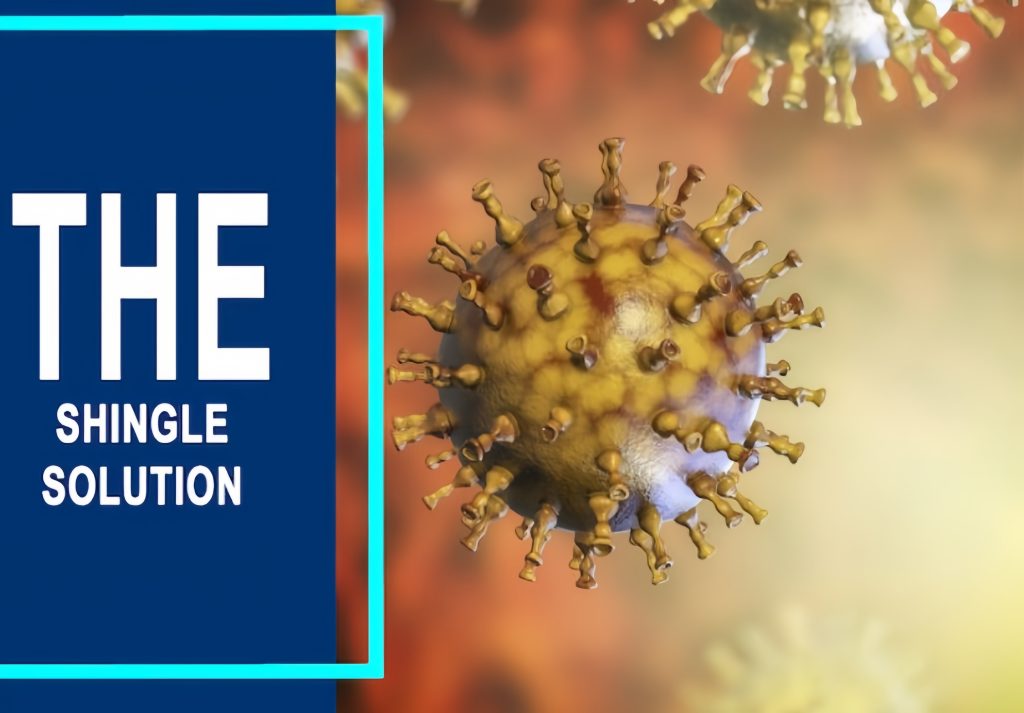
Complications: Risks Associated with Shingles
Shingles can lead to several complications, especially in older adults or those with weakened immune systems. Common complications include:
- Postherpetic Neuralgia (PHN): The most common complication, PHN is a condition where shingles pain continues even after the rash has healed. Damaged nerve fibers send pain signals to the brain, resulting in prolonged discomfort.
- Vision Loss: Shingles that affects the eye (ophthalmic shingles) can lead to serious eye infections and vision loss.
- Neurological Problems: In rare cases, shingles can cause brain inflammation (encephalitis), facial paralysis, or issues with hearing and balance.
- Skin Infections: If blisters are not treated properly, bacterial infections may develop in the affected skin areas.
Risk Factors for Shingles
Anyone who has had chickenpox is at risk for developing shingles, but certain factors increase this risk:
- Age: Shingles is most common in people over the age of 50. The risk and severity of complications increase with age.
- Weakened Immune System: Diseases such as HIV/AIDS and cancer, along with treatments like chemotherapy, lower immunity and heighten the risk of shingles.
- Certain Medications: Immunosuppressant drugs, such as those used to prevent organ rejection, as well as long-term steroid use, can trigger shingles.

Diagnosis and Tests for Shingles
Diagnosis of shingles is often based on a physical exam and the appearance of the rash. In cases where symptoms are unclear or for at-risk individuals, additional tests may be used:
- Viral Culture or PCR Test: A sample from the blister can confirm the presence of varicella-zoster virus.
- Blood Tests: In immunocompromised patients or those with atypical presentations, blood tests may help in diagnosing shingles or ruling out other conditions.
Prevention: Vaccines and Immunization
Vaccination is the most effective way to prevent shingles or reduce the severity of symptoms if it does occur. Here’s a look at the available options:
- Shingrix: Approved in 2017, Shingrix is recommended for adults 50 and older, even those who have previously received the older Zostavax vaccine or don’t remember having chickenpox. Shingrix is given in two doses, spaced two to six months apart, and has shown over 90% efficacy in preventing shingles and PHN.
- Who Should Avoid the Vaccine?: The shingles vaccine is generally safe but may not be suitable for individuals with certain health conditions, such as those with severe allergic reactions to vaccine ingredients or those currently undergoing stem cell transplants.
Treatment and Management of Shingles
While there is no cure for shingles, early treatment can help manage symptoms and reduce complications. Treatments typically include:
- Antiviral Medications: Drugs such as acyclovir, valacyclovir, and famciclovir help to shorten the duration of the infection if taken within 72 hours of rash onset.
- Pain Relief: Over-the-counter pain relievers, topical numbing agents, and prescription medications may help ease pain.
- Corticosteroids: In some cases, corticosteroids are prescribed to reduce inflammation, especially if shingles affects the eyes.
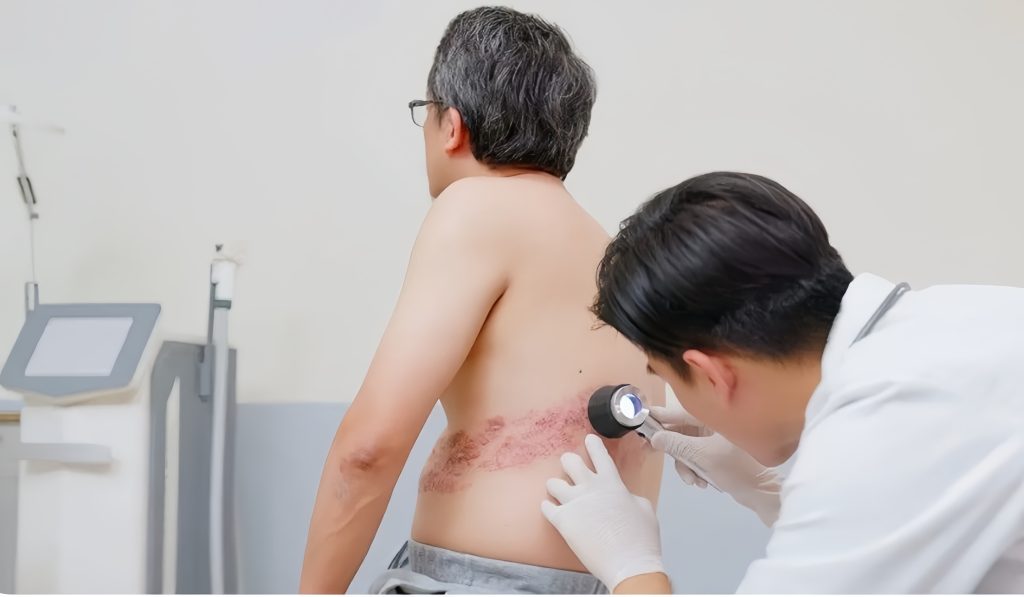
Caring for Shingles at Home
Managing shingles symptoms at home involves supportive care to alleviate discomfort and prevent secondary infections:
- Keep the Rash Clean and Dry: Avoid scratching the rash, and cover it loosely to protect the skin.
- Apply Cool Compresses: Cold, moist compresses on the affected area can help soothe burning or itching sensations.
- Take Baths with Oatmeal: Oatmeal baths are known to relieve itching and irritation.
- Wear Comfortable Clothing: Soft, loose clothing can reduce skin irritation.
Contagion and Isolation: Is Shingles Contagious?
Although shingles itself is not contagious, the varicella-zoster virus can spread to someone who has never had chickenpox, causing them to develop chickenpox rather than shingles. Precautions include:
- Avoid Contact with Vulnerable Individuals: People with shingles should stay away from pregnant women, infants, and individuals with weakened immune systems.
- Cover the Rash: Keeping the rash covered reduces the risk of virus transmission.
- Practice Good Hygiene: Regular handwashing helps prevent the spread of the virus.
The Course of a Shingles Outbreak: What to Expect
A shingles outbreak usually follows a predictable pattern from onset to recovery:
- Prodromal Stage: Pain, tingling, or burning sensations begin in a localized area a few days before the rash appears.
- Active Rash Stage: Blisters develop in a band-like pattern, fill with fluid, and then crust over within 7 to 10 days.
- Healing Stage: The scabs fall off, and the skin heals over the following weeks. For some, residual pain (PHN) may persist.
The entire course of a shingles outbreak typically lasts three to five weeks, though complications like PHN can prolong discomfort.
Living with Postherpetic Neuralgia
Postherpetic neuralgia is a challenging and often debilitating complication of shingles, causing persistent nerve pain after the rash has healed. Managing PHN involves:
- Pain Management Options: Medications such as anticonvulsants, antidepressants, and topical pain relievers may provide relief.
- Physical Therapy: Techniques that reduce nerve irritation can help manage chronic pain.
- Cognitive Behavioral Therapy (CBT): CBT can aid in coping with chronic pain, improving quality of life for those with PHN.
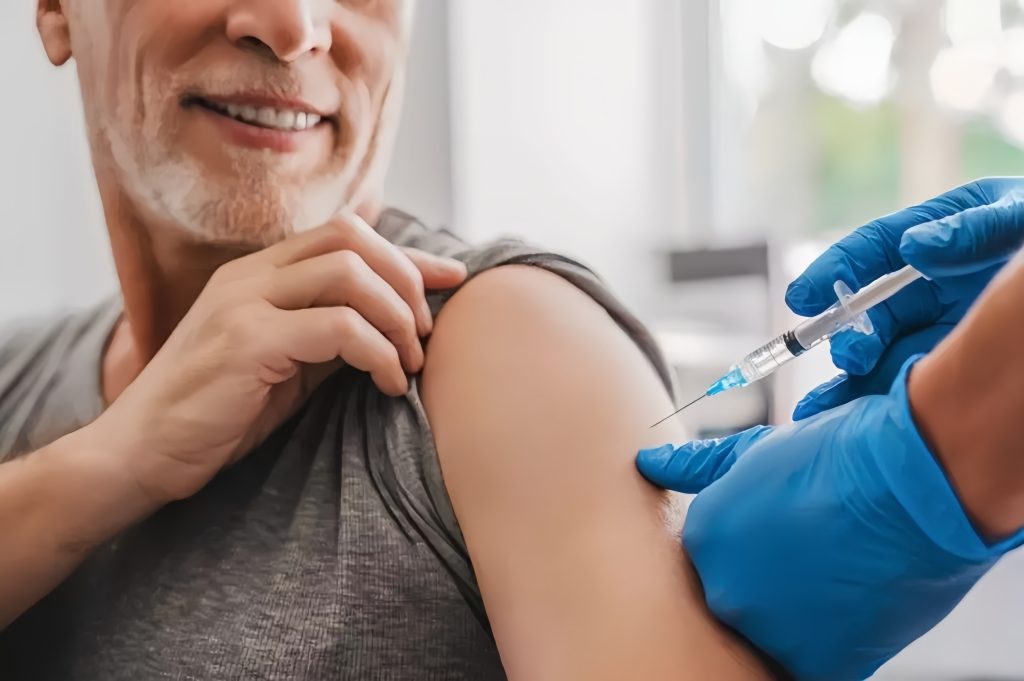
Conclusion: Taking Control of Shingles
Shingles is a painful, sometimes debilitating condition, but with proper management and timely vaccination, its impact can be minimized. For those over 50 or with compromised immunity, vaccination offers significant protection. Early treatment, supportive care, and a strong understanding of shingles can empower individuals to manage symptoms effectively and reduce the risk of long-term complications.
Whether you are managing a shingles outbreak or seeking preventive care, proactive measures can make a difference. By consulting with healthcare providers, understanding the signs and symptoms, and adopting preventive strategies, those at risk of shingles can maintain better control over their
